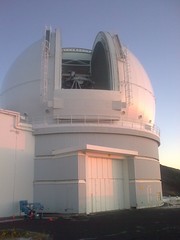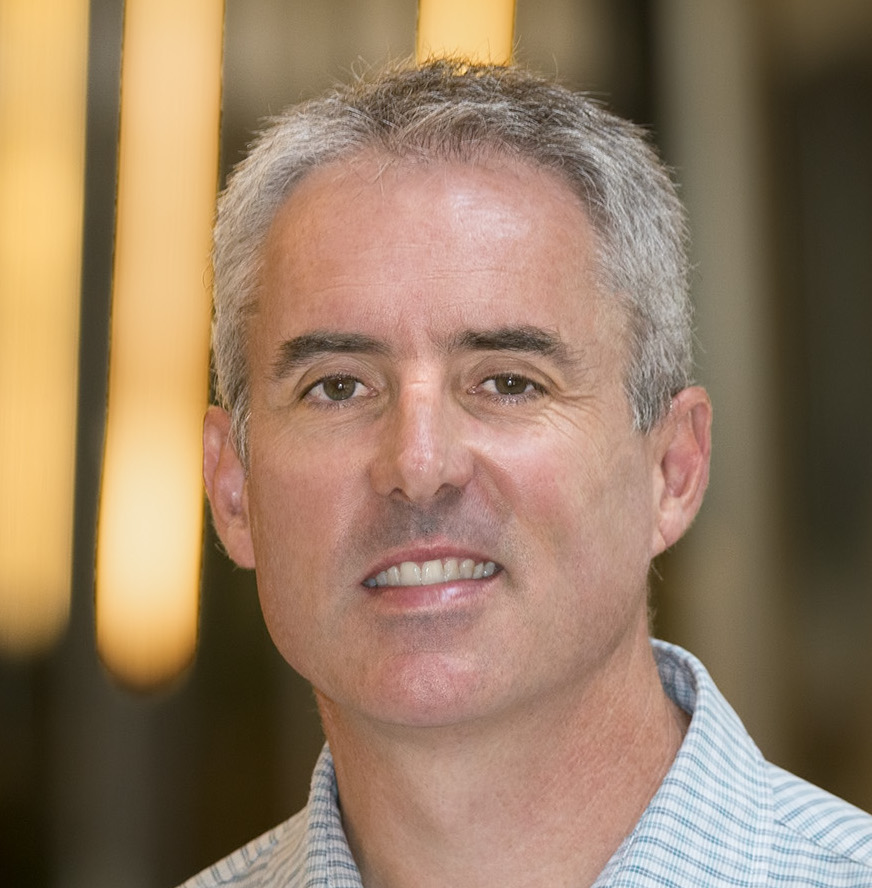Sco X-1 observing, La Palma
 Last month I made the first in hopefully a series of observations of some
neutron star binaries which are also candidate gravitational wave sources.
Rapidly-rotating neutron stars will give off gravitational waves if they
deviate only slightly from perfect spheres; it's possible that these waves
may be detected by the Advanced-LIGO and Virgo interferometric detectors,
currently being upgraded to improve their sensitivity for observations
beginning a few years from now. The wave signal is smeared out by the
binary orbit of the neutron star, so it's critical to measure the orbital
period (and other parameters) as precisely as possible to enable to most
sensitive search.
I travelled to the Roque
de los Muchachos Observatory, at 2400m on top of the volcanic island
of La Palma, in the Canaries, to carry out 2 nights of observing on the
ING-group 4.2m William
Herschel Telescope. We got spectroscopic observations of Sco X-1 over three
nights, which will allow us to measure the orbital velocity of the stellar
companion and improve the precision of the orbital parameters.
Shakya
Premachandra, whose PhD will focus on this project, is now visiting Warwick
University in the UK
working with collaborator Danny Steeghs to reduce the data.
Last month I made the first in hopefully a series of observations of some
neutron star binaries which are also candidate gravitational wave sources.
Rapidly-rotating neutron stars will give off gravitational waves if they
deviate only slightly from perfect spheres; it's possible that these waves
may be detected by the Advanced-LIGO and Virgo interferometric detectors,
currently being upgraded to improve their sensitivity for observations
beginning a few years from now. The wave signal is smeared out by the
binary orbit of the neutron star, so it's critical to measure the orbital
period (and other parameters) as precisely as possible to enable to most
sensitive search.
I travelled to the Roque
de los Muchachos Observatory, at 2400m on top of the volcanic island
of La Palma, in the Canaries, to carry out 2 nights of observing on the
ING-group 4.2m William
Herschel Telescope. We got spectroscopic observations of Sco X-1 over three
nights, which will allow us to measure the orbital velocity of the stellar
companion and improve the precision of the orbital parameters.
Shakya
Premachandra, whose PhD will focus on this project, is now visiting Warwick
University in the UK
working with collaborator Danny Steeghs to reduce the data.
Labels: 2011, /gravitational waves




